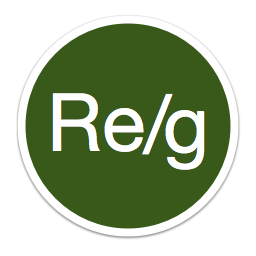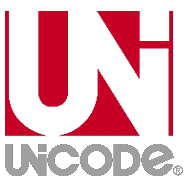PostgreSQL 10 is now available for everyone to use, and hinted by David Fetter I had to review my previous article on Json and SQL to adapt to Set Returning Functions changes.
A Set Returning Function is a PostgreSQL Stored Procedure that can be used as a relation: from a single call it returns an entire result set, much like a subquery or a table.
It used to be possible to use SRF in the SELECT clause, with dubious (but useful at times) semantics, and also in scalar contexts. The semantics have been fixed and are now much clearer, and the uses in scalar contexts are forbidden — they were a hack and never made sense anyway.





